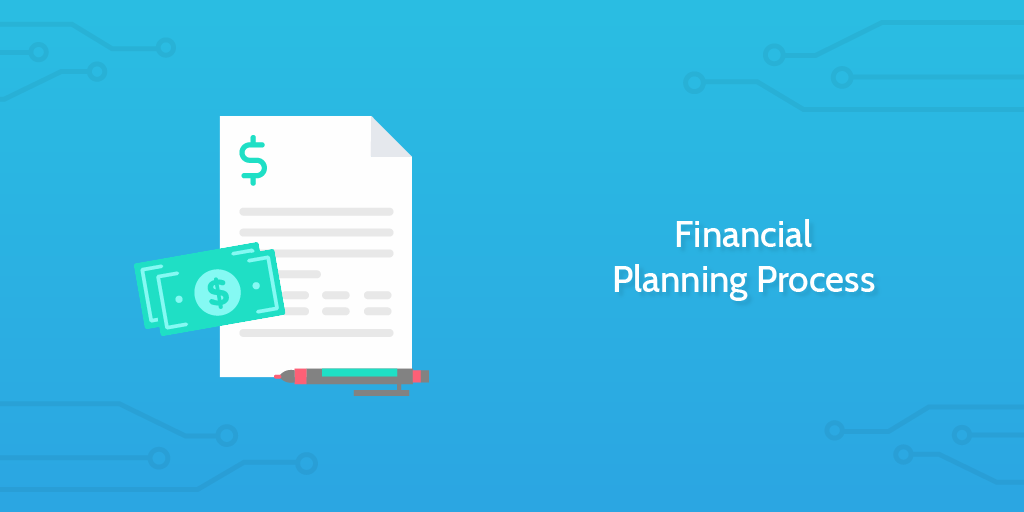''By failing to prepare, you are preparing to fail'' - Benjamin Franklin
Process Street’s Financial Planning Process is a guide to aid you through the process of producing a financial plan for your small business.
This Financial Planning Process should be used in conjugation with Process Street’s Financial Plan Template. The Financial Plan Template is for the actual production of your financial plan, this Financial Planning Process is to be used to gather the required information and data to produce the financial plan.
You should, therefore, complete this Financial Planning Process before you attempt the Financial Plan Template.
Process Street’s Financial Planning Process has condensed the process of creating a financial plan into the following tasks:
- State assumptions using your income statement
- State assumptions using your balance sheet
- State assumption using your cash flow
- Project forwards for the income statement
- Project forwards for the balance sheet
- Project forwards for the cash flow statement
- Sale forecasts
- Financial plan production
1963 marks the time when the first ever financial plan was produced. John Keeble and Richard Felder, founders of the Financial Services Corporation, were the parents of this first financial plan procedure.
Keeble and Felder certainly had the foresight to determine the benefits producing a financial plan could have.
As the majority of small businesses fail in the first five years, it is important you manage your small business to prevent this failure statistically stacked against you.
78% of small businesses fail due to the lack of a well-developed business plan, 77% fail due to incorrect pricing, and 79% fail due to starting out with too little money.
The above are failings which can be avoided with an effective financial plan.
The aim of Process Street’s Financial Planning Template is to help you produce a financial plan for your small business, to prevent business failure, and to enable you to actively plan ahead.
In this template, you will be presented with specialized questions given as a form field. Different form fields are used, such as subtasks, dropdown menus, short answers, long answers, and weblinks.
You can populate each form field with your own specific data.
Our stop task feature has been used to enforce task order when needed.
In addition, our conditional logic task has been used as required to guide you through the correct process path specific for your entered data.
